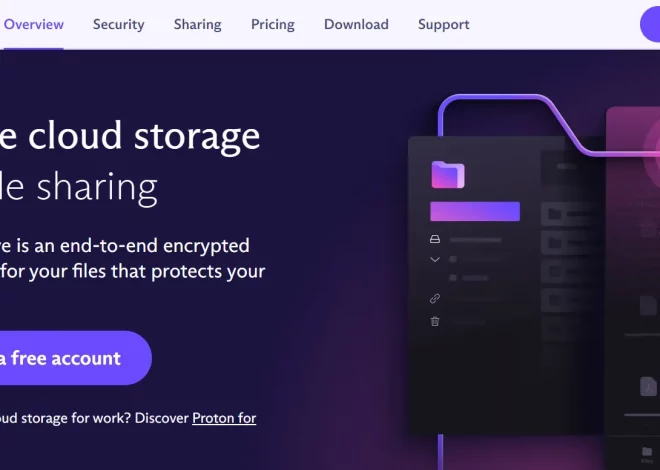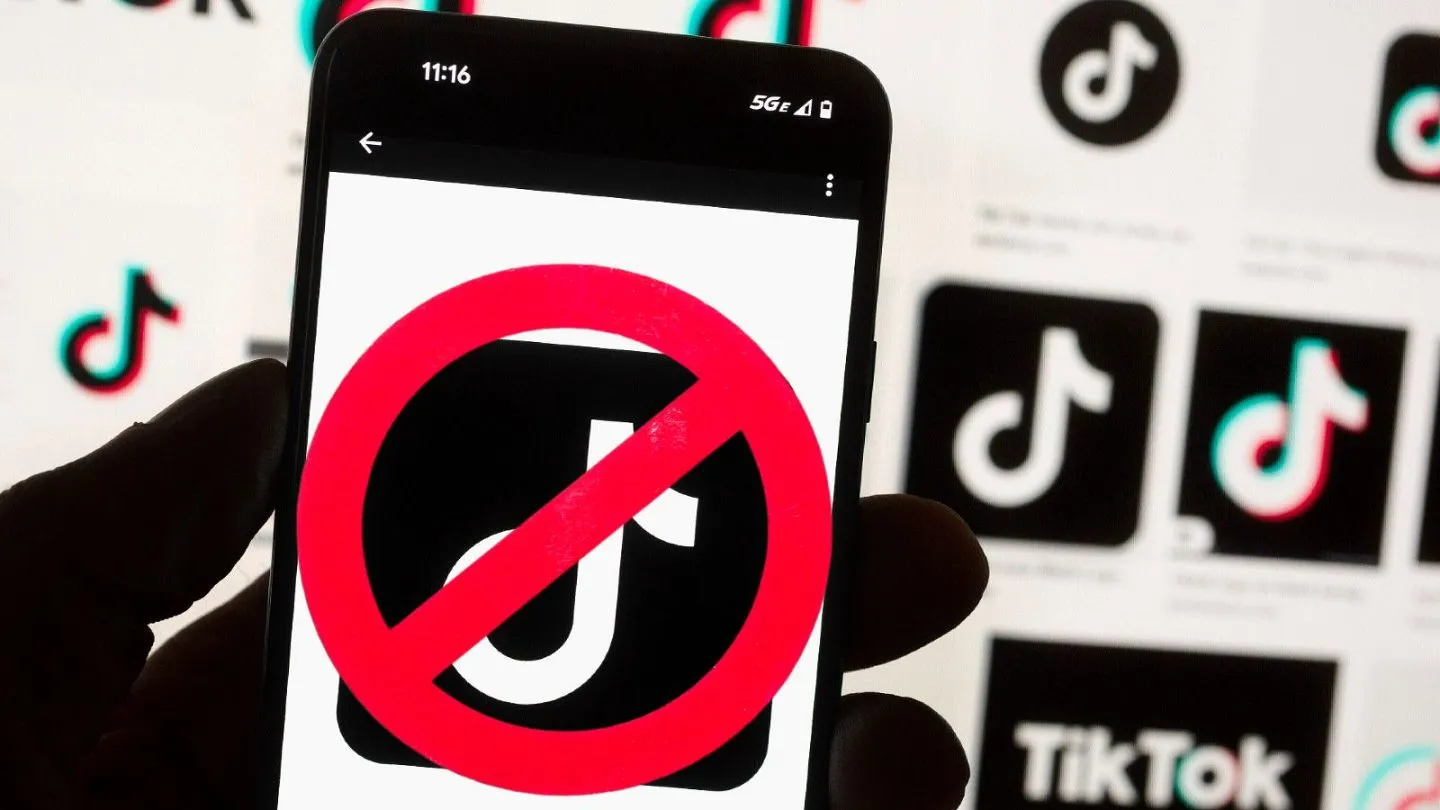
The Complete Timeline of the TikTok Ban in the US Why it Happened and What Comes Next
In the past year, the popular short-form video app TikTok has faced several challenges in the United States. From concerns over data privacy to threats of being banned by the government, TikTok has been at the center of many controversies. As a result, many users have been left confused and unsure about the future of the app in the country.
In this article, we will take a deep dive into the complete timeline of the TikTok ban in the US. We will discuss the events that led to the ban, the legal battles that followed, and what to expect in the coming months. So, let’s get started.
1. The Rise of TikTok: How it Became a Global Phenomenon
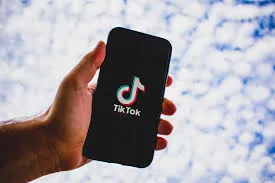
The Beginnings of TikTok
TikTok was launched in September 2016 by Chinese company ByteDance. Originally known as “Douyin” in China, the app allowed users to create and share short-form videos set to music. In November 2017, ByteDance acquired the lip-syncing app Musical.ly and merged it with TikTok, creating a global platform. This move proved to be a game-changer for the app, leading to its rapid growth and popularity.
The Global Success of TikTok
By 2019, TikTok had become one of the most downloaded apps in the world, with over 1.5 billion downloads globally. It also became the first Chinese social media platform to achieve such success outside of China. Its success can be attributed to its unique algorithm, which creates a personalized feed for each user based on their interests and interactions. This made the app highly addictive and appealing to a wide range of audiences.
TikTok’s Popularity in the US
TikTok’s popularity in the US skyrocketed in 2019, with the app reaching over 100 million monthly active users. The US market became crucial for the app’s success, with American celebrities and influencers joining the platform and contributing to its growth. TikTok also became a go-to platform for Gen Z and millennials, who loved its short-form content and creative filters.
Controversies Around TikTok
With its growing popularity, TikTok also faced several controversies in the US. In February 2019, the app was fined $5.7 million by the Federal Trade Commission for illegally collecting personal information from children under 13. This raised concerns about data privacy and led to calls for stricter regulations on the app.
2. The Ban Threat: Why the US Government Wanted to Ban TikTok
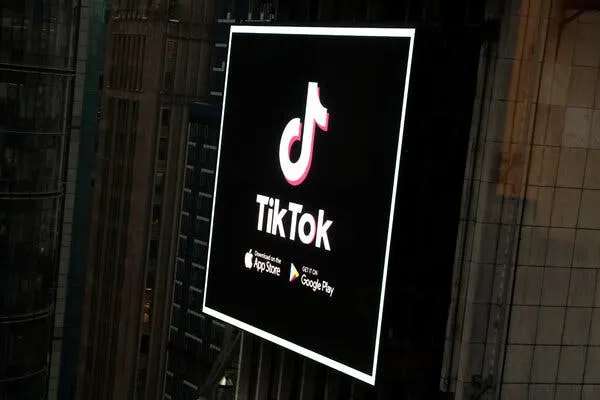
Trump’s Executive Order
In August 2020, former President Donald Trump issued an executive order that would effectively ban TikTok in the US if it did not find an American buyer within 45 days. The order cited national security concerns and alleged that TikTok’s parent company, ByteDance, had close ties with the Chinese government. It also claimed that the app was collecting data on American users that could be accessed by the Chinese government.
TikTok’s Response
TikTok denied these allegations and maintained that it stores all US user data in the country and has never shared it with the Chinese government. The company also argued that it operates separately from ByteDance’s Chinese operations and has a dedicated US-based team responsible for content moderation and data security.
Legal Battles Begin
TikTok filed a lawsuit against the Trump administration, challenging the constitutionality of the executive order and seeking an injunction to prevent the ban. The company also announced its plans to sell its US operations to a US-based company to address the government’s concerns.
TikTok vs. Oracle and Walmart
In September 2020, Oracle and Walmart announced their partnership with ByteDance to acquire a minority stake in TikTok’s US operations. This deal would also see the creation of a new entity called “TikTok Global,” which would be headquartered in the US and have American majority ownership. However, this proposal faced backlash from both the Chinese government and TikTok’s major shareholder, Beijing-based company Sequoia Capital.
The Ban is Delayed
As legal battles between TikTok and the US government continued, the ban was temporarily delayed twice. The first delay came in September, when a federal judge granted an injunction against the ban, citing concerns over the First Amendment rights of TikTok users. The second delay came in November, when another judge blocked the Commerce Department’s order that would have forced app stores to remove TikTok from their platforms.
3. The Changing Administration: How Biden’s Presidency Affected the TikTok Ban
The Transition from Trump to Biden
In January 2021, President Joe Biden took office, bringing a change in policy towards TikTok. Unlike his predecessor, Biden did not view the app as a national security threat. He also expressed his support for a global approach to address data privacy concerns rather than targeting individual apps.
A New Legal Battle Begins
With the change in administration, TikTok’s lawsuit against the Trump administration was put on hold, and a new legal battle began. The company sued the US government again, this time challenging the legality of Trump’s initial executive order and seeking to prevent the government from imposing any further restrictions on the app.
The Sale of TikTok’s US Operations on Hold
The proposed sale of TikTok’s US operations to Oracle and Walmart also faced uncertainty under the Biden administration. The new government began reviewing the deal and expressed concerns over the extent of ByteDance’s involvement in the new entity. This resulted in the sale being put on hold, leaving the future of TikTok’s US operations in question.
4. The International Fallout: How Other Countries Responded to the TikTok Ban
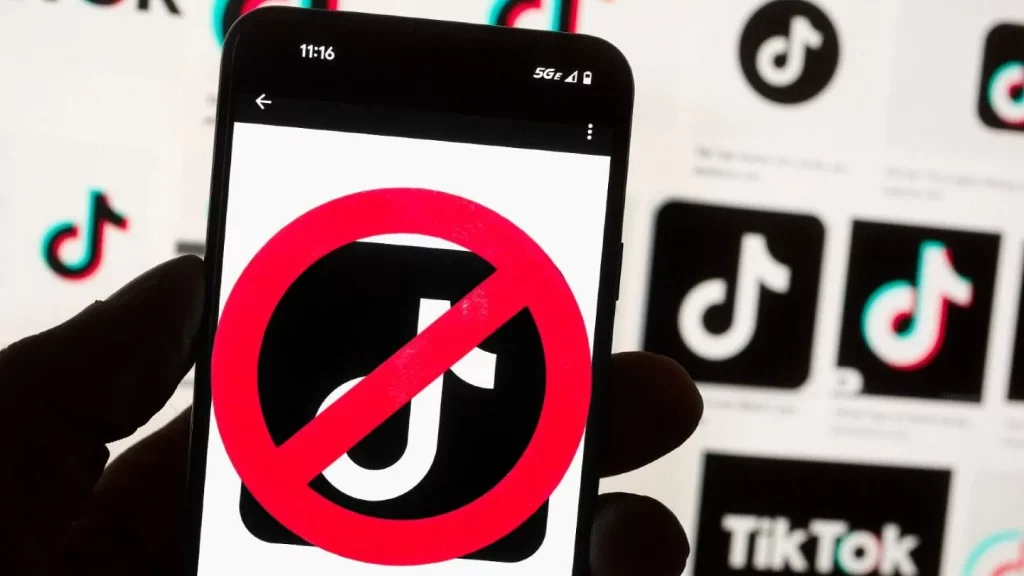
India’s Ban on TikTok
In June 2020, India banned over 100 Chinese apps, including TikTok, amid border tensions between the two countries. This move was a significant blow to TikTok, as India was its largest market outside of China, with over 200 million users. India’s ban also sparked concerns about other countries following suit and banning TikTok.
Australia’s Security Concerns
In August 2020, the Australian government announced that it was considering banning TikTok over data privacy and security concerns. The app was already under investigation by the country’s defense department for potential risks to national security. However, no official ban has been imposed yet.
The UK’s Security Review
In November 2020, the British government launched a security review of TikTok’s operations in the country. This followed concerns raised by US lawmakers about the app’s ties to the Chinese government. The review was expected to focus on data privacy and any potential risks to UK citizens’ personal information.
5. The Future of TikTok in the US: What Comes Next?
A Deal Still in Limbo
As of July 2021, the proposed sale of TikTok’s US operations to Oracle and Walmart remains in limbo. Both parties are waiting for the Biden administration’s decision on the deal, which is currently being reviewed by a Department of Justice-led committee.
TikTok’s Options
If the deal falls through, TikTok will have to explore other options to continue operating in the US. One possible solution could be an initial public offering (IPO) in the US, similar to what ByteDance did with its subsidiary Douyin in China. This would make TikTok a publicly-traded company and could potentially resolve any national security concerns.
The Impact on TikTok Users and Creators
The uncertainty surrounding the app’s future has had a significant impact on TikTok’s users and creators. Many have expressed their frustration and fear of losing their platform if the ban is enforced. Some creators have also started to diversify their presence on other social media apps, such as Instagram and YouTube, to prepare for the worst-case scenario.
6. The Ongoing Fight for Data Privacy: What it Means for the Future

The Importance of Data Privacy
The TikTok ban has brought the issue of data privacy to the forefront. With more people spending time online and sharing personal information, the need to protect this data has become increasingly crucial. The ban has highlighted the potential risks of using apps owned by foreign entities and the need for stricter regulations to protect user data.
The Need for Global Data Privacy Laws
The TikTok ban has also raised questions about the effectiveness of individual governments taking action against a global app. It has emphasized the importance of having global data privacy laws to address these issues collectively. The European Union’s General Data Protection Regulation (GDPR) is one example of comprehensive legislation that could serve as a model for other countries.
The Role of Tech Companies
Tech companies also have a responsibility to ensure the protection of user data. TikTok has taken steps to address concerns over data privacy, such as hiring a Chief Information Security Officer and publishing transparency reports. Other companies should follow suit and prioritize the safety of their users’ data.
Conclusion
In conclusion, the complete timeline of the TikTok ban in the US has been nothing short of a rollercoaster ride. From its rise to global success to facing multiple legal battles, TikTok has faced its fair share of challenges in the country. As the ban continues to be delayed, the future of the app in the US remains unclear. However, one thing is for sure – the fight for data privacy and regulation of social media platforms will continue to be a hot topic in the years to come.
